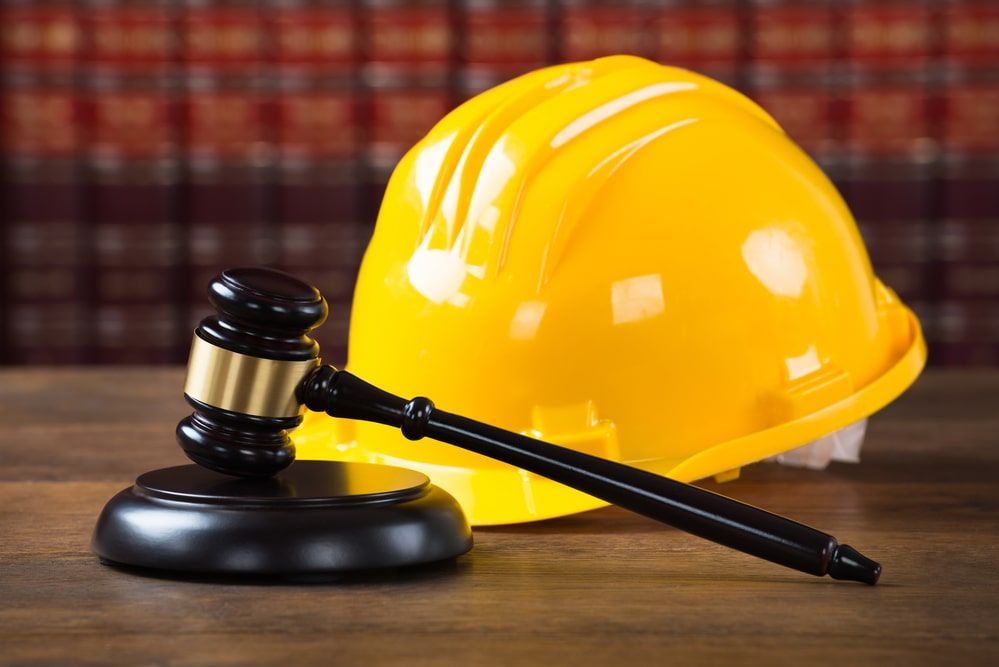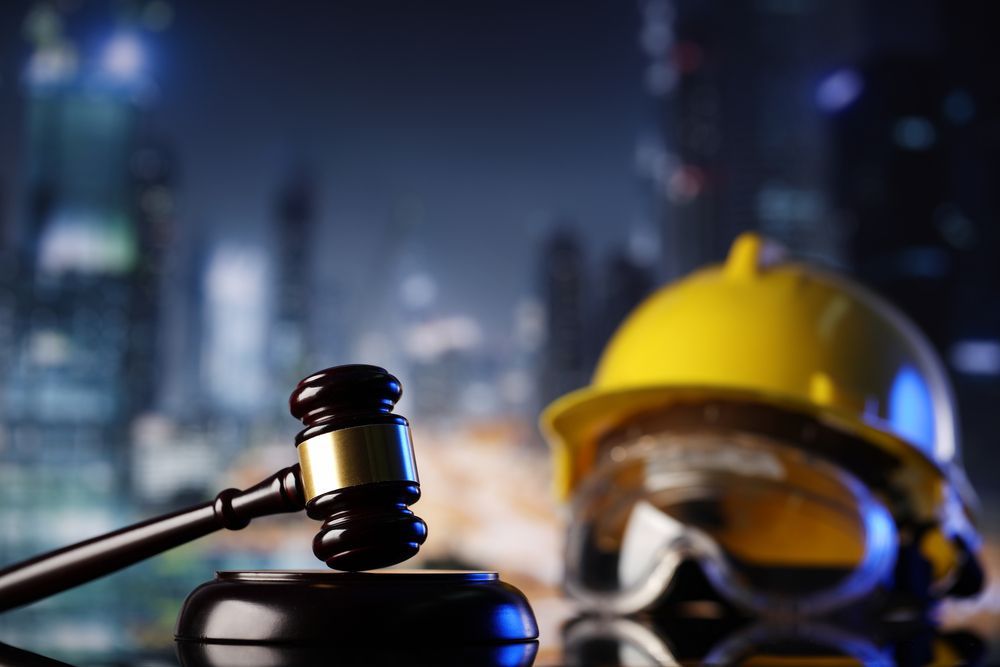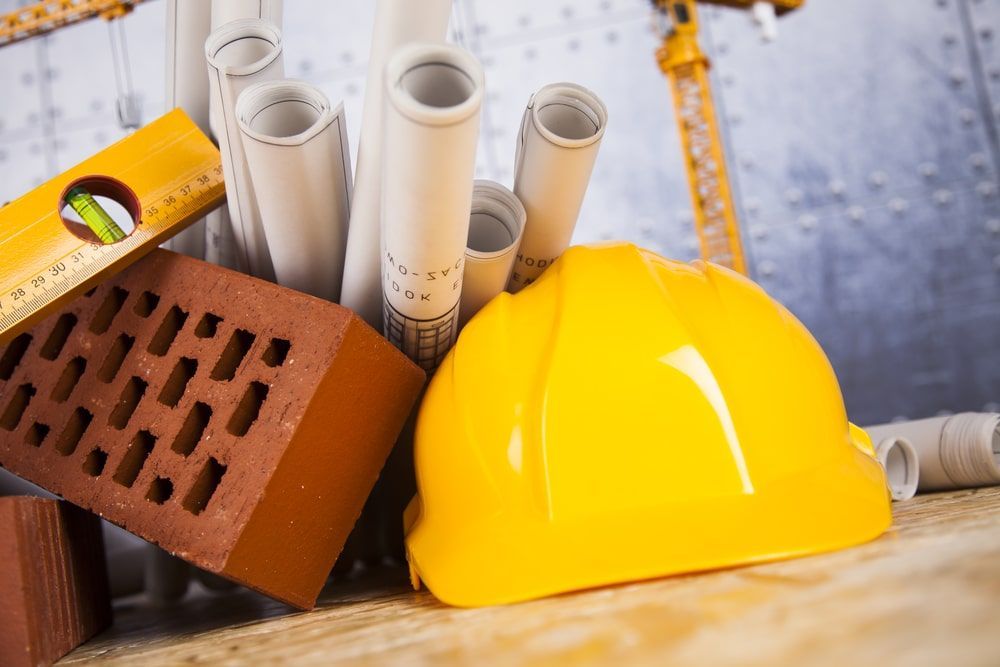OSHA’s Most Commonly Cited Violations: Are You in Compliance?
Back in 2015, OSHA began compiling a list of their most-cited safety violations each year. Interestingly, there hasn’t been much change from year to year. 8 of the top 10 this year were on the list last year and 4 – this year’s top 4 – have made the list every year. With the new year approaching, it’s a great time to revisit your policies to ensure you are in compliance with OSHA and your workers stay safe.
1. Fall protection – general requirements. This one tops the list and is particularly important because, according to OSHA itself, falls are the leading cause of construction deaths in the United States. Check out your fall protections including protections from falling from surfaces higher than 6 feet and protections from falling objects, to avoid a non-compliance fine.
2. Hazard communication – if you’re working with hazardous or toxic materials, make sure they are labeled appropriately. You may want to revisit the guidelines to ensure compliance – some less obvious items, like the coating on steel, could be considered hazardous.
3. Scaffolds – OSHA has regulations for scaffolding including suspension, ladder jack, and pump jack scaffolds. This standard also includes fall protection specifically for scaffolding.
4. Respiratory protection – employers are required to provide protection for respiratory health. This can consist of providing workers with respirators, instating ventilation and developing and instating a written respiratory protection program.
5. Lockout/Tagout – This does not apply to the construction industry but does apply to electricians, so it’s still worth revisiting. OSHA requires the use of these lockout/tagout devices to prevent equipment from unexpectedly restarting while performing repairs.
6. Ladders – not surprisingly, ladders made the list as well and goes hand-in-hand with number 1 fall protection. This standard, however, is specifically tailored for ladders and covers load-bearing capacities, spacing and clearance and safety devices.
7. Powered industrial trucks – if you use equipment such as platform lift trucks or motorized hand trucks, you need to ensure you comply with OSHA regulations.
8. Fall protection – training requirements. This is different from number 1 fall protection – general requirements, but is probably not surprising that this is also on the list, given the fact that falls are the leading cause of death in construction. This regulation relates explicitly to the training of employees on fall hazards during their work, how to use fall protection systems, etc.
9. Machine guarding – this regulation relates to protecting workers from sparks, flying chips, and other dangers associated with the use of machines and tools. OSHA requires the use of controls such as barrier guards and anchoring to prevent injuries from those dangers.
10. Personal protective and lifesaving equipment – eye and face protection. Employers in the construction industry must provide protective wear specifically for eye and face and must ensure workers use the protective wear. These protections must be specific to the hazard at hand so, as you might imagine, can change from task to task.
OSHA takes safety seriously, and we’re sure you do too. Take some time this winter to revisit the OSHA regulations and your policies and procedures to ensure you are in compliance and your workers remain safe.
The post OSHA’s Most Commonly Cited Violations: Are You in Compliance? appeared first on Bennett Legal Group, P.A..










Our Office
850 Concourse Parkway South, Suite 100
Maitland, Florida 32751
Contact Us
We will get back to you as soon as possible.
Please try again later.
Privacy Policy | Terms of Use | Powered by Levitate







